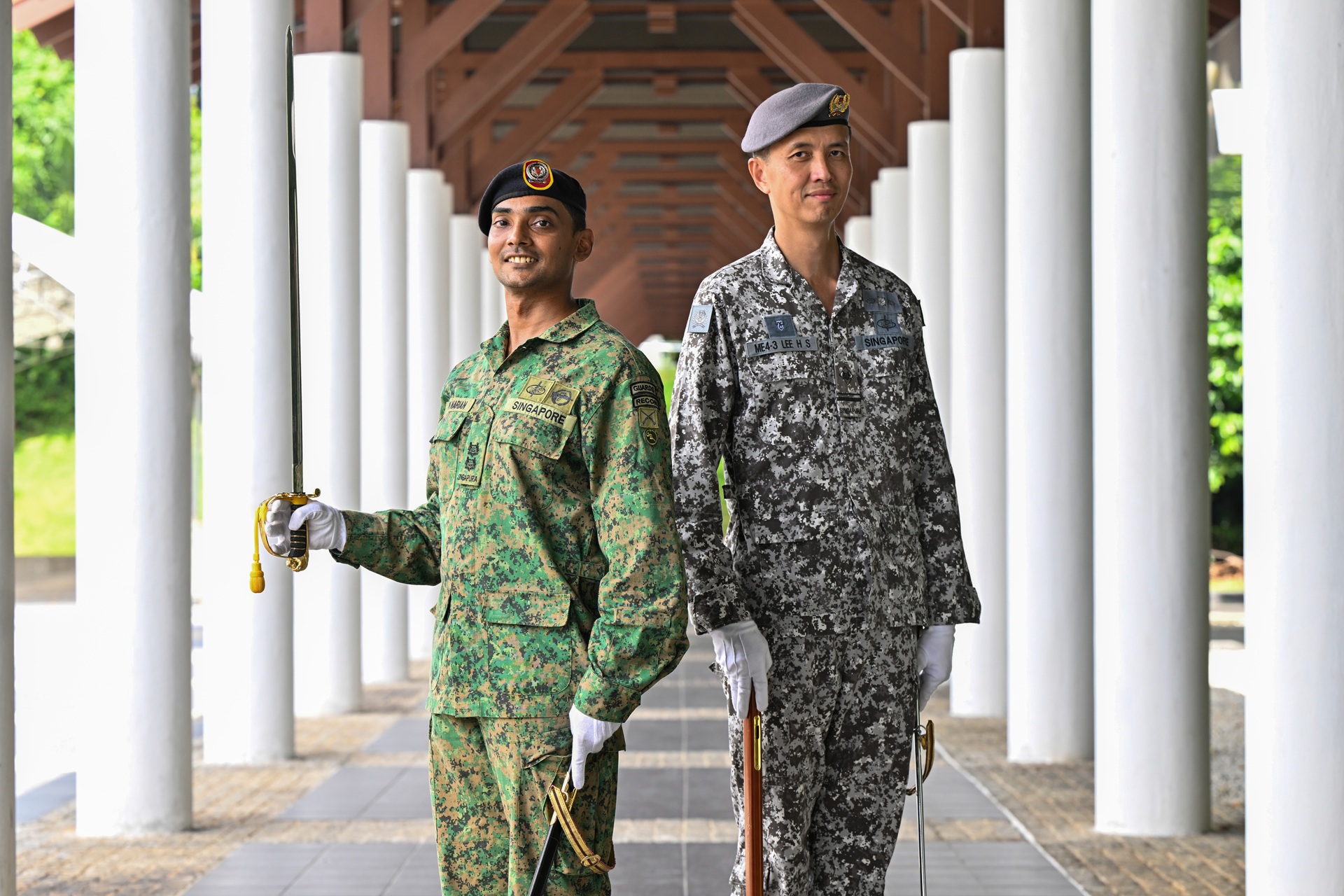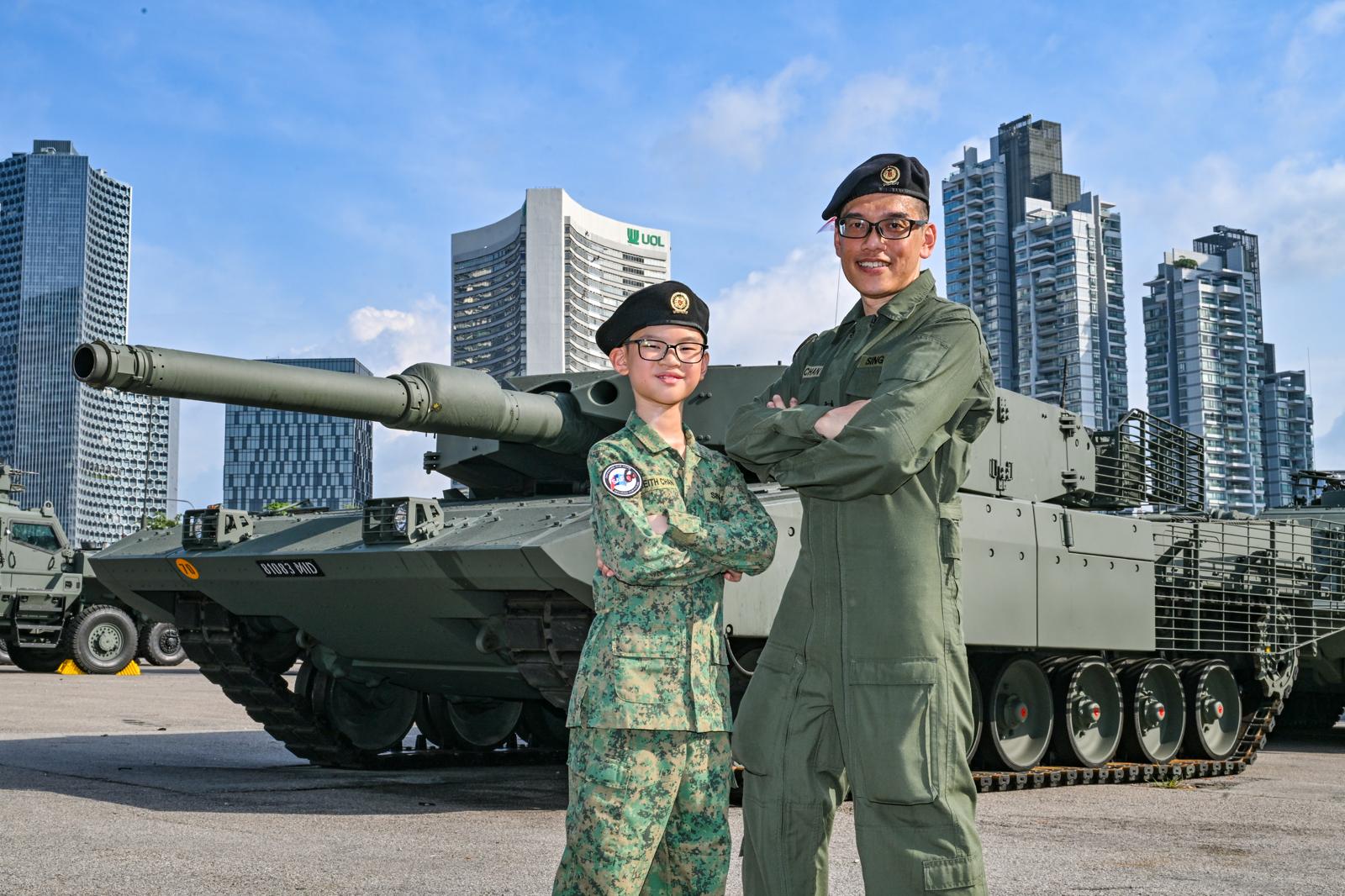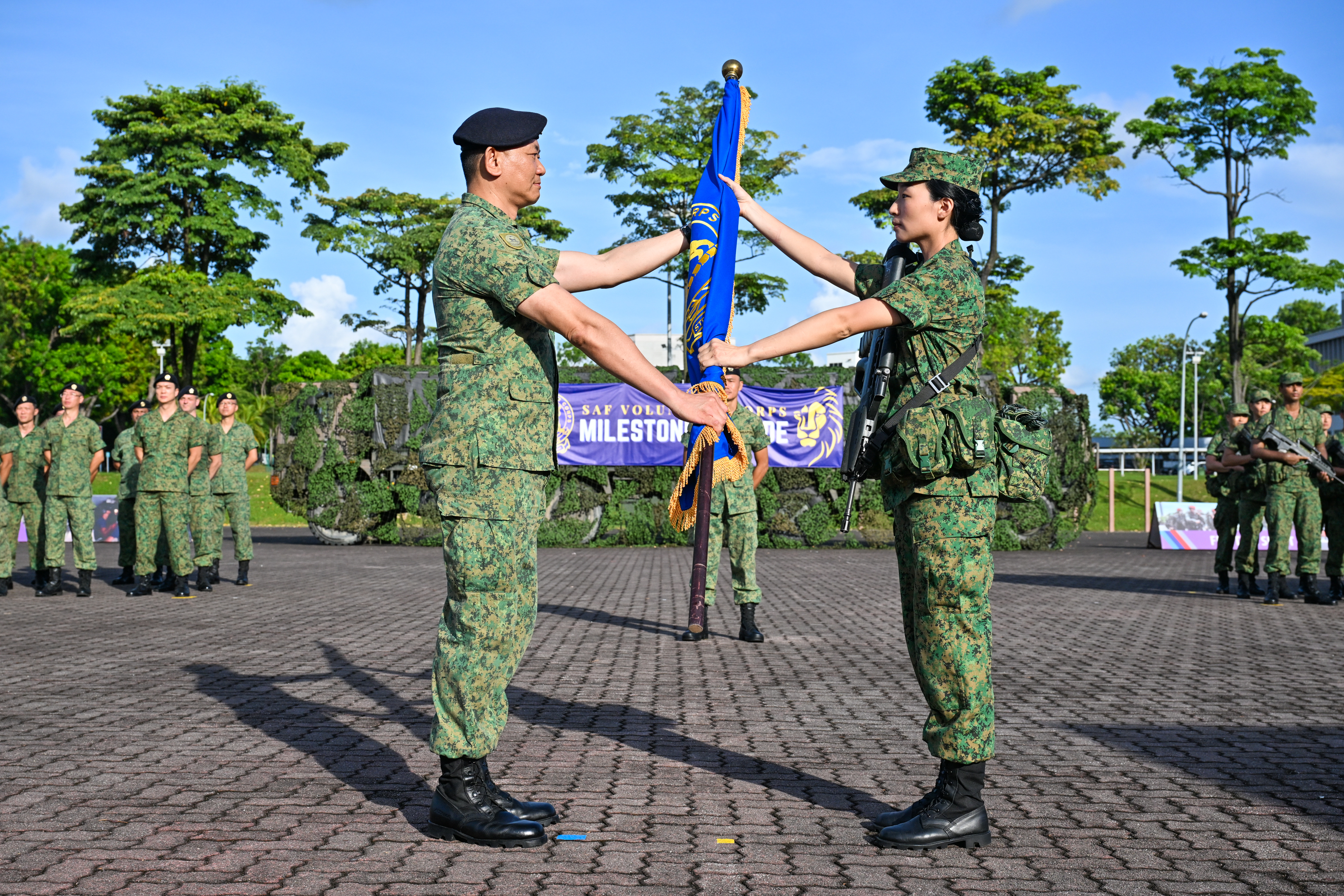SAFETY MANAGEMENT IN SAF COMPARABLE TO TOP PRIVATE FIRMS: EXTERNAL PANEL
The Singapore Armed Forces (SAF) has shown that it places strong emphasis on reinforcing safety at every level.The level of maturity in the safety management system in the SAF is among the leading companies in the private sector.
Chairman of the third External Review Panel on SAF Safety (ERPSS) Heng Chiang Gnee said this during the panel's visit to Basic Military Training Centre (BMTC) on 15 Jul. This was the third ERPSS' first field visit since its inauguration in February.
During the visit, members were briefed on the efforts that the SAF has made to enhance its safety management system and strengthen its safety culture. They were also briefed on the safe management measures against COVID-19 that have been put in place at BMTC. This was followed by a visit to the Tekong 100m range where the members observed recruits undergoing their basic trainfire package and saw how safety was embedded into ground practices.
Comprising relevant experts from the government, industry and professional sectors, the third ERPSS will continue to assess the SAF's safety practices and recommend improvements. During its three-year tenure, the panel will visit various formations and units across the SAF to get a first-hand view of how safety is implemented and managed on the ground.
Noting that these visits were important for the members to better appreciate how the situation was like for soldiers on the ground, Mr Heng said: "The level of safety management under the current environment is well-managed. In the course of interacting with the soldiers, we also… (received) first-hand input of how they look at safety."
He also urged commanders and soldiers to not be complacent when it comes to safety and highlighted that "having the mindset and belief that all accidents are preventable is very important".
He added: "The moment you think that things are likely to happen and its non-preventable, then you're not likely to prevent it from happening."
Strengthening safety culture
To strengthen the safety culture within the SAF, safety advocates have been appointed in all units since 2019. Selected by their unit commanders, these chosen servicemen gather safety observations and concerns of their peers and relay them to unit commanders.
As a safety advocate within his functional group, Recruit (REC) Yeow Dao Xing looks out for safety obstructions during training. He also helps to ensure that his functional group adheres to the safe distancing measures at all times.
During a recent Individual Physical Proficiency Test session, REC Yeow's section mates spotted some safety pins on the ground and informed him about it. He immediately reported it to his commander and the pins were promptly removed.
REC Yeow's role as a safety advocate also requires him to attend an action learning process session before, during and after every activity. This is a feedback session for safety advocates to highlight to commanders any safety breaches overlooked during training.
"Our supervisor will talk to us and listen to our opinions on what are some of the safety breaches, so I told him about the safety pin incident as it could injure someone when stepped on," said the 20-year-old from 5th company in BMTC School 4.
"And now before every conduct, he would do a sweep around the parade square to ensure that the floor is free of safety pins."
Knowing that his feedback and opinions are taken into consideration also instils a sense of responsibility in REC Yeow, who has been a safety advocate for two weeks.
"It makes me want to do more, to see what else I can help in terms of safety for both the commanders and my section mates."
Open-reporting culture
Safety advocates like REC Yeow have proven to be a great help for commanders.
For 2nd Lieutenant (2LT) Shah Divya Vipulkumar, it was akin to having an extra pair of eyes on the ground when it comes to training safety.
"When the commanders are too absorbed in conducting the training, we may not spot a nail on the ground or too many debris or leaves on a running route. It’s easier to have more manpower involved in the safety process than have one man responsible for everything," said the 20-year-old Platoon Commander from 5th company in BMTC School 4.
"This (also) helps us to improve the safety level conduct from a ground-up approach. This way, we can better correct and improve our planning."
As a commander, 2LT Divya also ensures that the safety of his recruits is top priority. From conducting table-top exercises and safety briefings to water parades, temperature-taking and checking if recruits are well before commencing the training, the commanders make every effort to ensure that everyone is on the same page and knows their role well especially in the case of an emergency.
Strengthening an open-reporting culture
The introduction of the SafeGuardian application has also proven to be an additional safety net.
With the training safety regulations readily available on the app, 2LT Divya often checks it when he is unsure of certain things like how long should the work-rest cycle for recruits be for a particular activity.
The SafeGuardian app also has an open-reporting function which allows commanders to take a picture and upload it to the app should they spot a safety hazard, such as a fallen tree blocking an evacuation route.
"With the app, we can take a picture and report it immediately. This allows other commanders in the training area to be alerted to it and plan for another evacuation route."
As recruits do not carry their phones during training, the app is only used by commanders in BMTC. However, safety advocates can alert their commanders if they spot a safety hazard and the latter will take a picture to report and upload it to the app.
"We want create a more holistic safety approach in BMTC," said 2LT Divya.
"If we get everyone to play their part, safe training can be ensured."
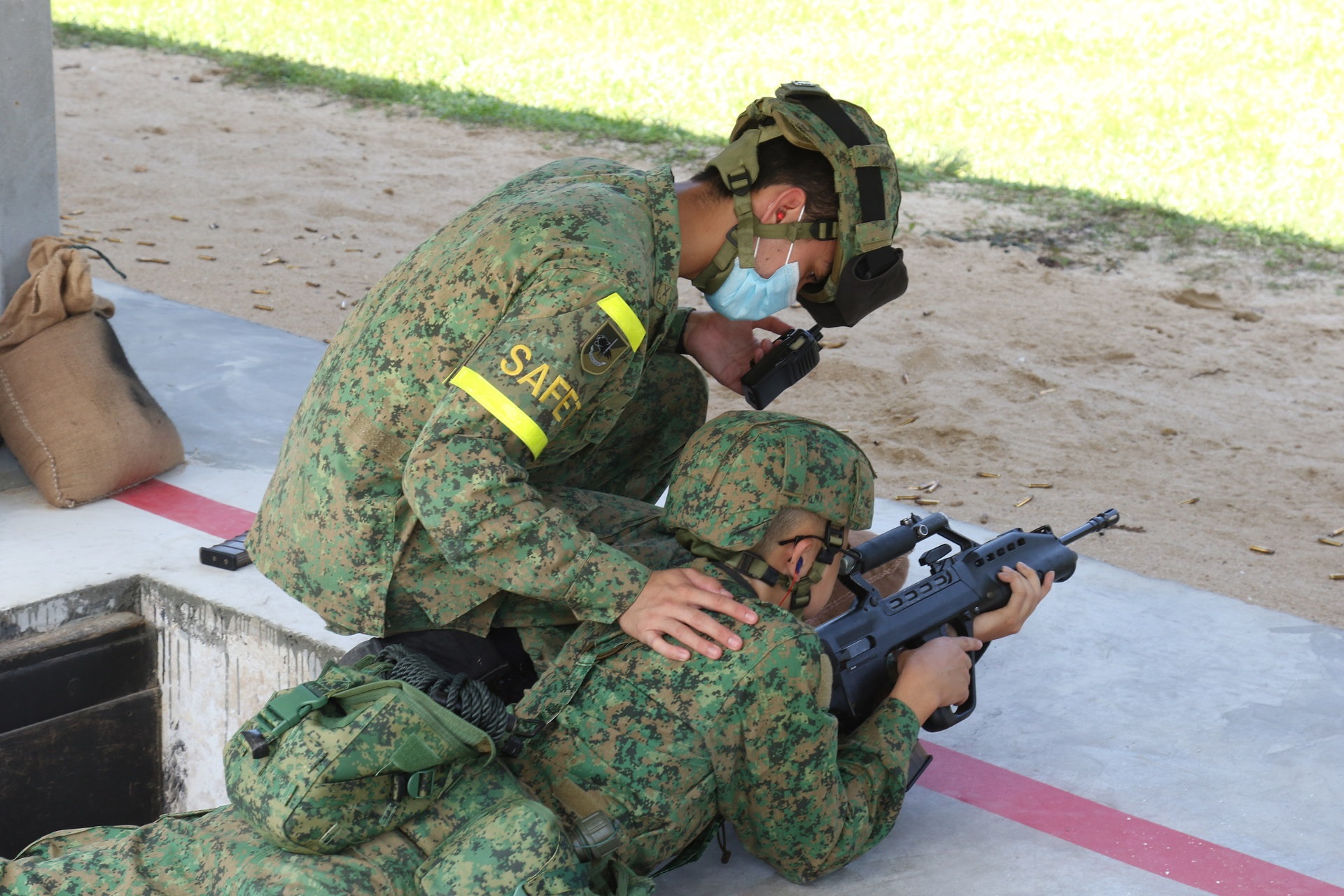
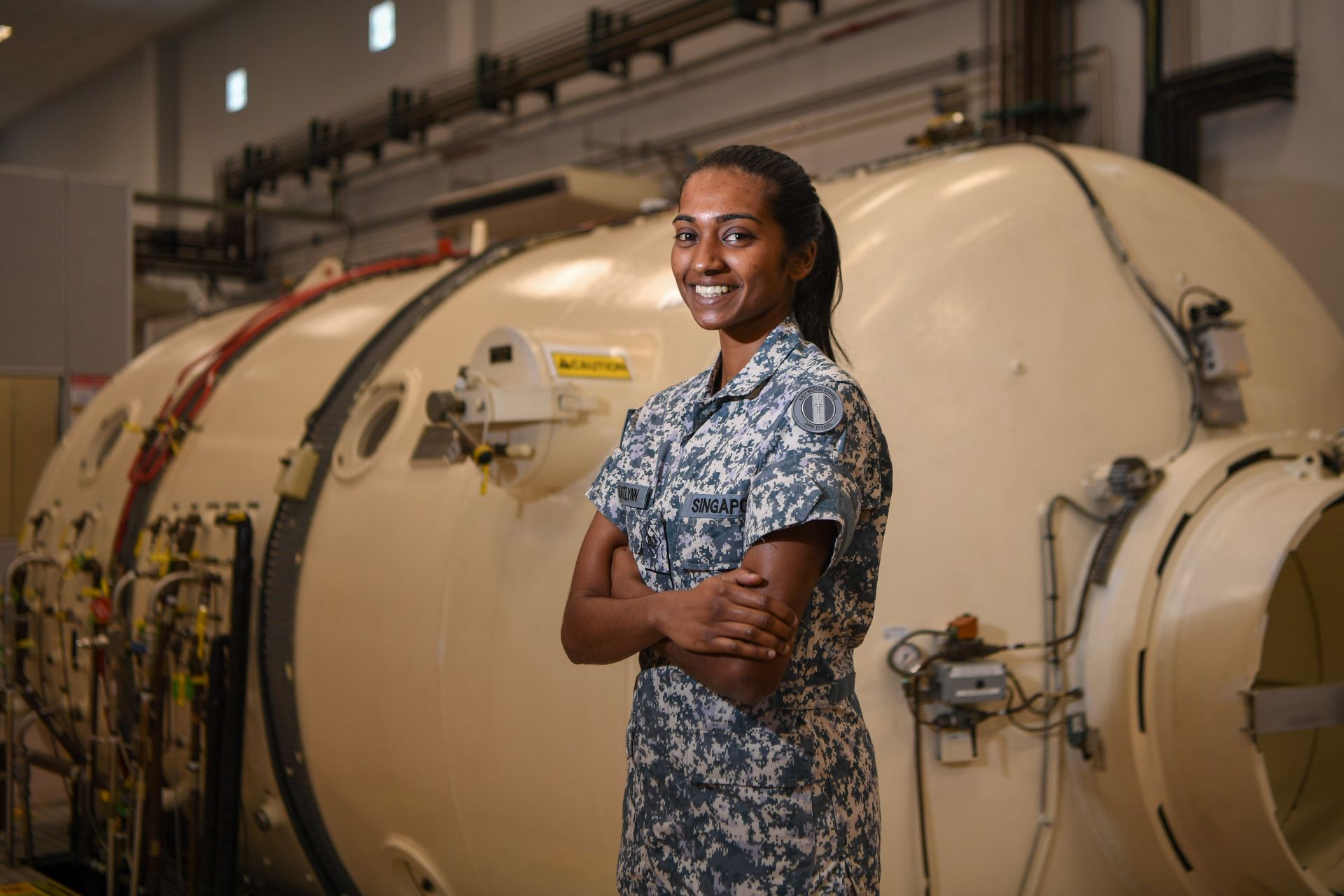
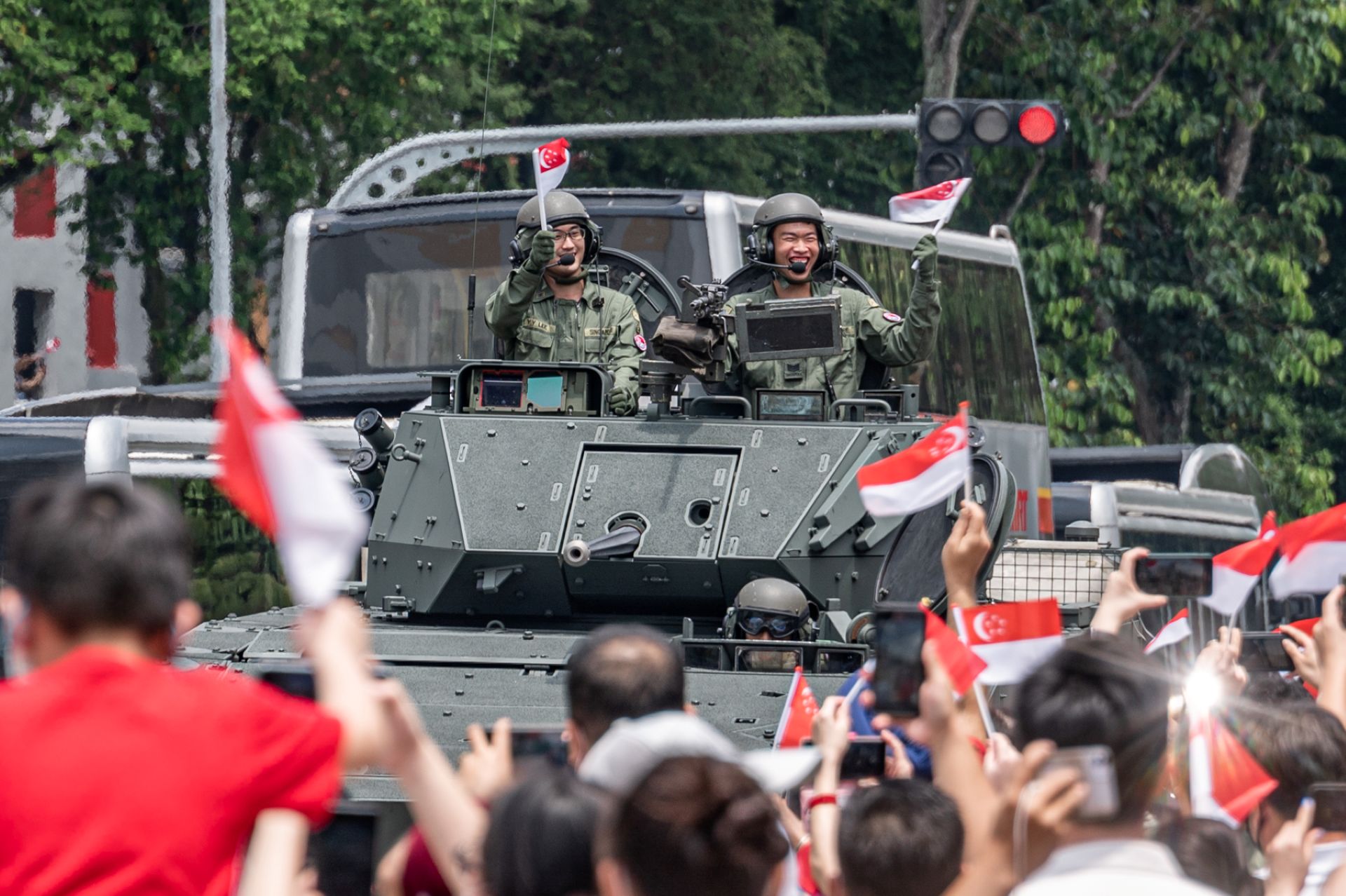
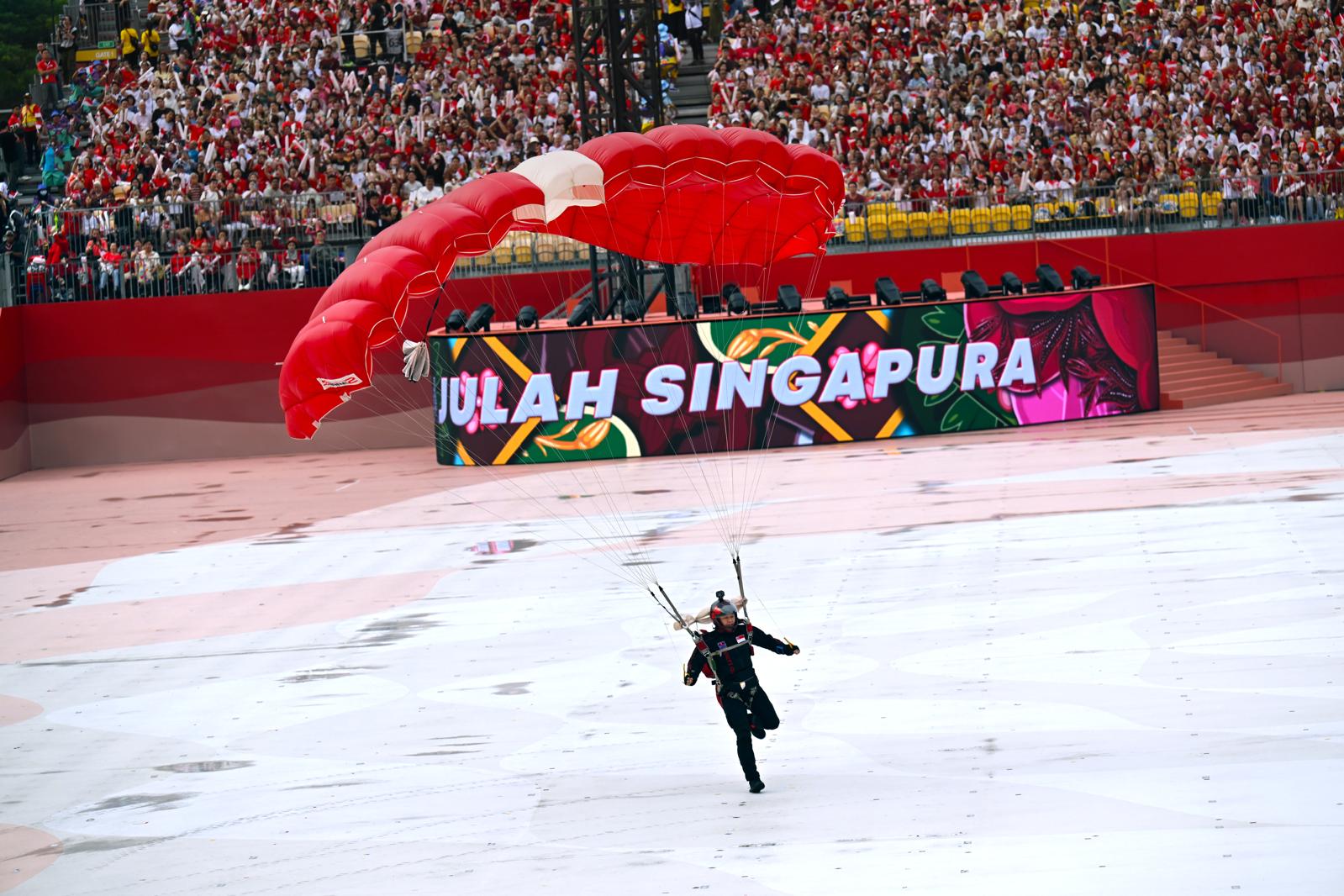
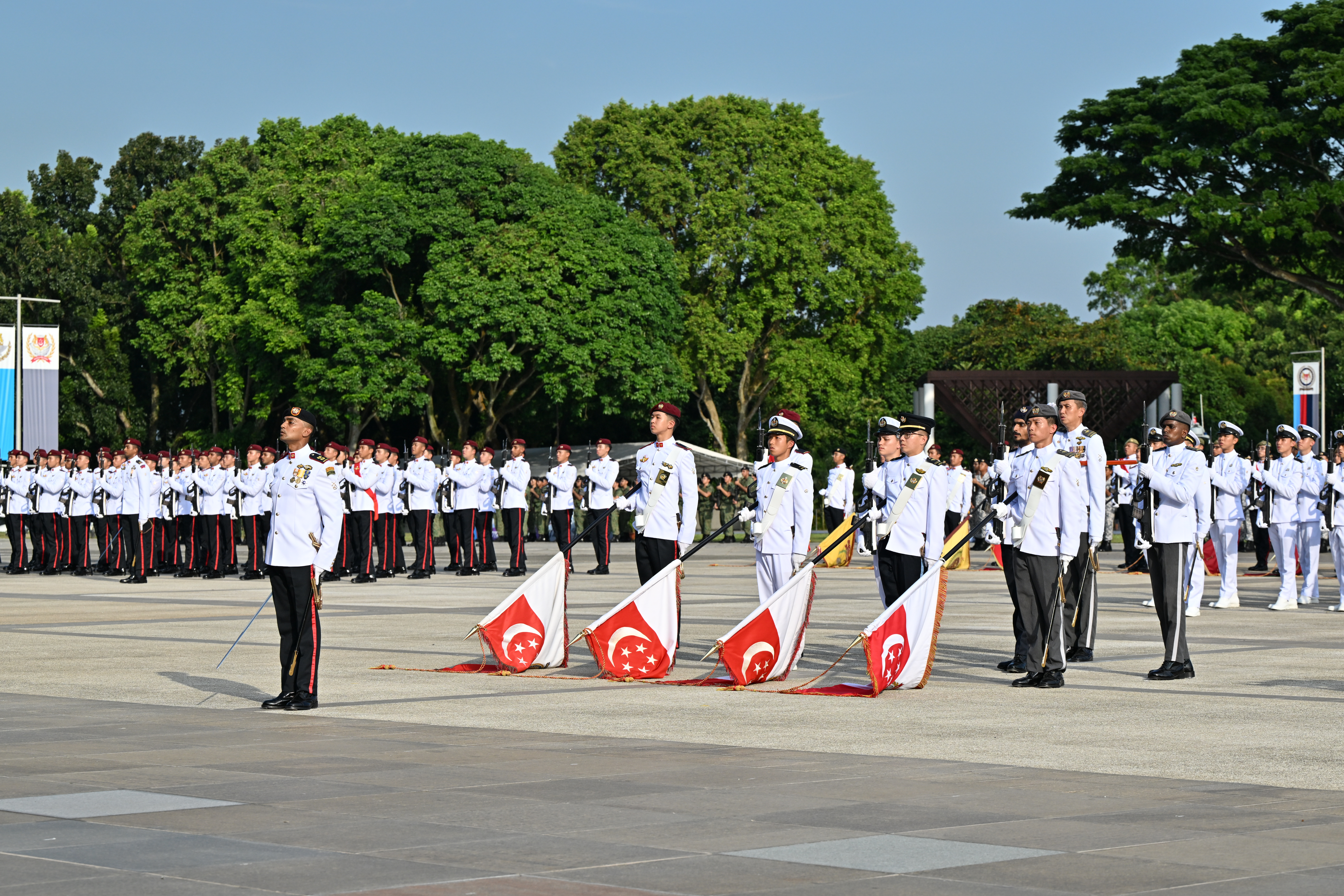
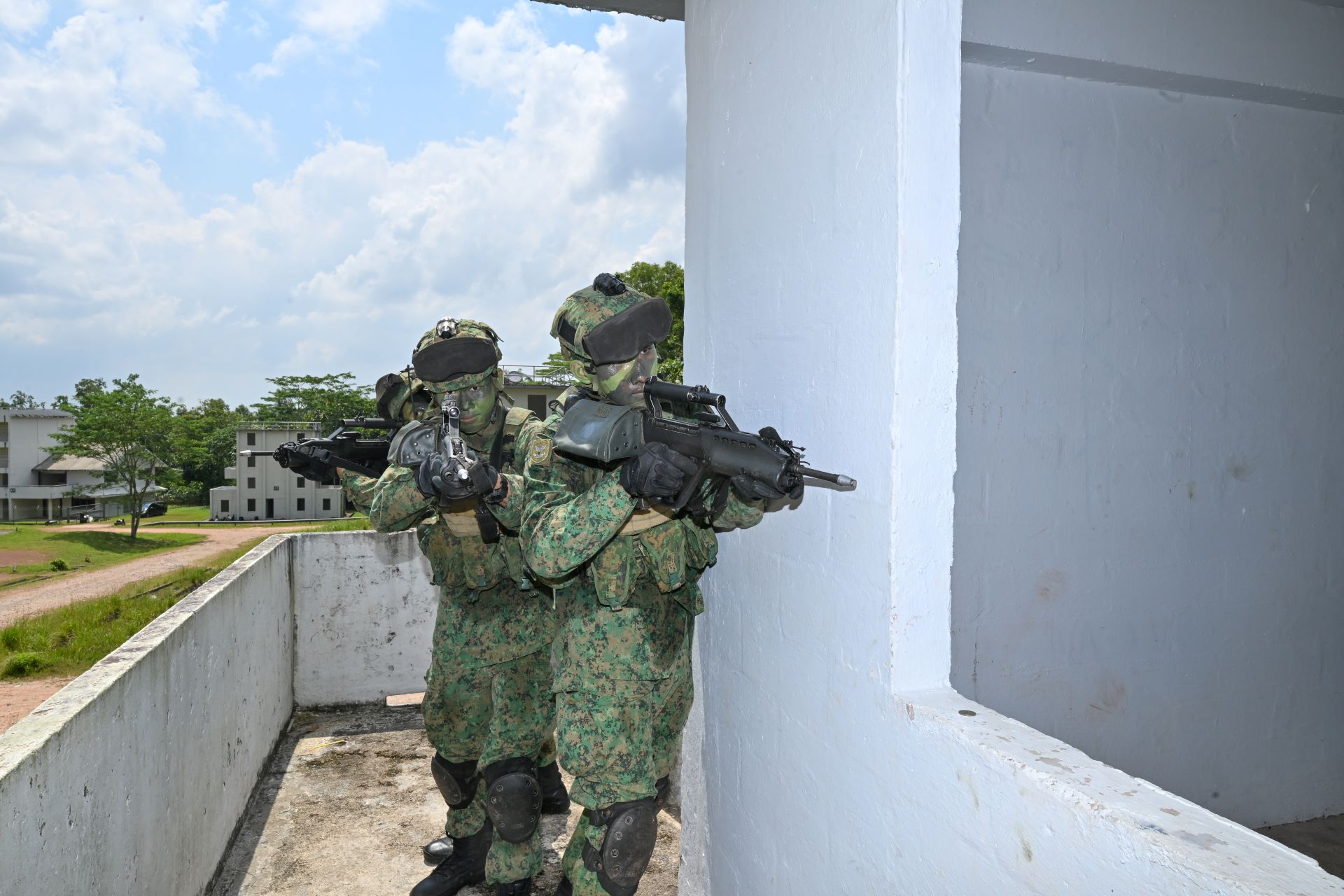
.jpg?sfvrsn=b5383902_1)
.jpg?sfvrsn=4eb1b86e_1)
